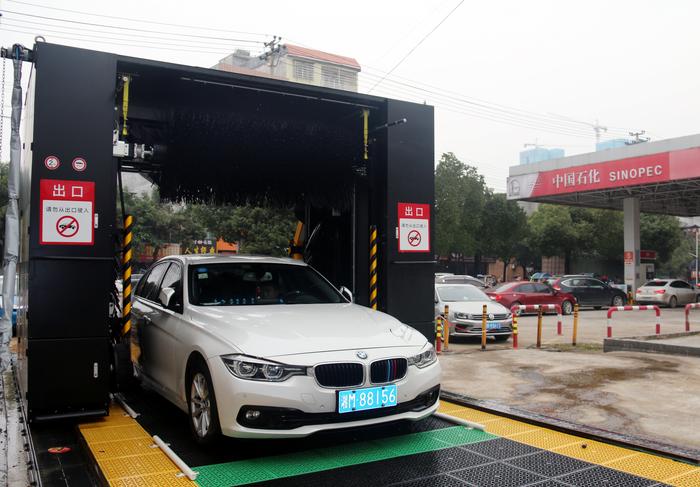|
| 2020-02-18 来源: 中国石化新闻网 |
| 石化新闻 |
中国石化新闻网讯 据今日油价2月16日报道,寻求下一个可再生能源的努力正在进行中,没有忽视任何自然现象。我们已经利用了流动的水、风和阳光的力量,寻找下一个清洁能源的努力还远远没有结束。 可再生能源的最新潜在突破是以雨的形式出现的。 雨水在可再生能源领域并未引起广泛关注,也许是因为利用其发电潜力将??是一项挑战。但仍在尝试中,在最新的突破中,美国和中国的研究人员设法从一个雨滴中产生了140伏特的电力。 这足以在短时间内点亮100个LED灯。 这个想法本身并不是新的。 先前已经尝试过通过雨滴发电,并且它们都利用了摩擦电效应:在这种情况下,某些材料与另一种材料接触并分离后便获得电荷。将其视为一种静态的低电荷电。 然而,所有先前的尝试都遭受了技术的限制。 新的雨滴发电机的开发团队进一步推动了这些限制。来自香港城市大学和内布拉斯加-林肯大学的研究人员花了两年时间研究他们所称的液滴发电机(DEG)的能量密度。由于这种设计,DEG的能量密度提高到每平方米50瓦以上,这比类似设备的能量密度高出数千倍。 郝芬 译自 今日油价 原文如下: The Next Renewable Energy Source Could Be Rain The quest for the next source of renewable energy is well under way, with no natural phenomenon overlooked. We have already harnessed the power of flowing water, wind, and sunlight, and the search for the next clean source of energy is far from over. The latest potential breakthrough in renewable energy comes in the form of rain. Rain has not been getting a lot of attention in renewable energy circles perhaps because it would be challenging to harness its electricity-producing potential. Yet attempts are being made, and in the latest breakthrough, U.S. and China researchers have managed to produce 140 volts of power from one single raindrop. That’s enough to light 100 LED lights for a short while. The idea itself is not new. Previous attempts to generate electricity from rain drops have been made and they have all utilized the triboelectric effect: this is when certain materials acquire an electric charge after they come in contact with another material and then get separated. Think of it as a type of static, low-charge electricity. Yet all of the previous attempts have suffered the limitations of technology. The team behind the new raindrop power generator has pushed these limits further. The researchers, from City University in Hong Kong and the University of Nebraska-Lincoln, spent two years working on the energy density of what they have called a droplet electricity generator, or DEG. What they did was use the design of field-effect transistors – three-terminal devices that use an electric field to control the flow of electric current through them. Thanks to this design, the energy density of the DEG shot up to over 50 Watts per square meter, which is thousands of times more than the energy density of comparable devices. |








